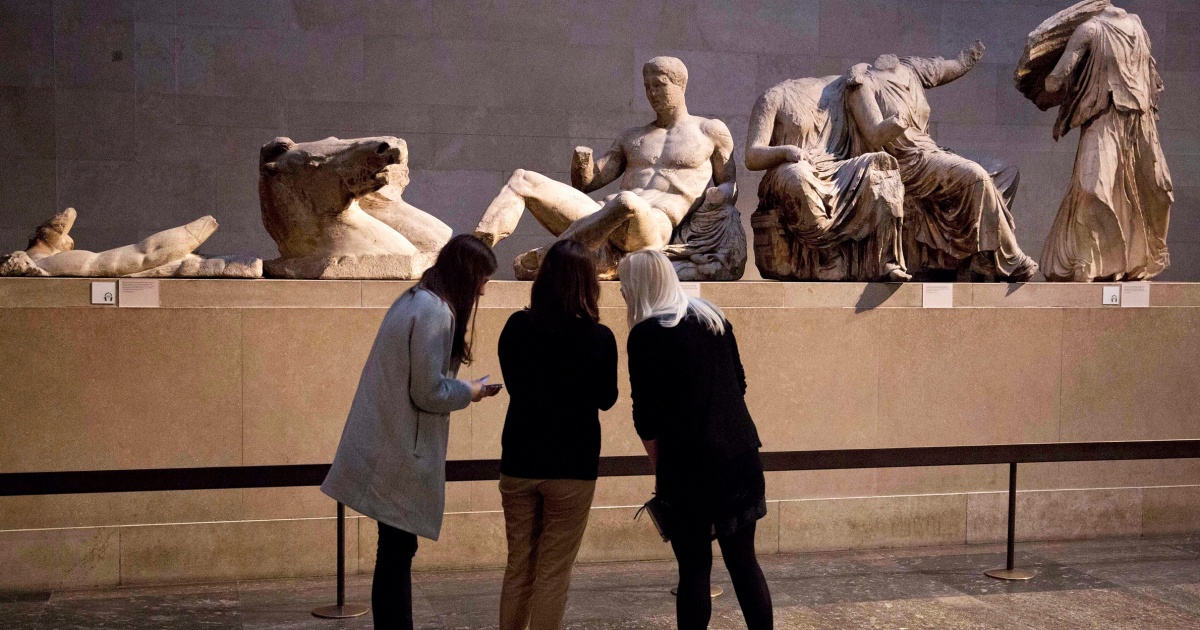
All survived mostly intact for more than 1,000 years, despite war, earthquakes, foreign invasions and the temple’s makeover first as a church and then a mosque. But in 1687, the Parthenon was blown up by a besieging Venetian army, and many of the works were lost.
The survivors are now roughly split between the British Museum and the Acropolis Museum in Athens — with little fragments in a handful of other European museums.
London holds 17 pedimental figures, 15 panels and 247 feet of the frieze.
For decades, these were known as the Elgin Marbles, after the Scottish nobleman who started the trouble more than 200 years ago. Now even the British Museum goes by the preferred Greek form — the Parthenon Sculptures. Besides, “marbles” lends itself to too many bad puns.
Why are they important?
Ancient Greek sculpture has been admired for millennia, serving as a key artistic point of reference. For many, the Parthenon Sculptures are its most striking example.
They form a coherent group designed and executed by top artists — the Leonardo da Vincis of the day — for a single building project meant to celebrate the height of Athenian glory.
How did they end up in London?
More than a century after the destructive explosion, British ambassador to the Ottoman Empire — of which Athens was still an unwilling subject — Lord Elgin obtained a permit to remove some of the sculptures.
Source: | This article originally belongs to Nbcnews.com










